Tetralogy of fallot nursing interventions
Tetralogy Of Fallot Nursing Interventions. This does not include nursing interventions and rationales. Common cyanotic defects include tetralogy of fallot and transposition of the great vessels. Examine the patient’s temperature, iv site. Usually, tetralogy of fallot is diagnosed soon after birth.
 Tetralogy of Fallot Pediatric nursing, Tetralogy, Nurse From pinterest.com
Tetralogy of Fallot Pediatric nursing, Tetralogy, Nurse From pinterest.com
[article in french] authors v yakar, b dauvergne. Tetralogy of fallot, or tof, is the most common congenital heart defect.similarly to pulmonary stenosis, the cause of tof is unknown, but genetic factors likely play a role in its development.tof consists of four different defects. There are many signs and symptoms that occur when a pediatric patient is suspected to have tetralogy of fallot and the nurse should look for the following: Vital signs are normal with age. Subjective and objective data and then we’ll also look at our nursing interventions and rationales for them. Usually, tetralogy of fallot is diagnosed soon after birth.
Vital signs are normal with age.
A doctor might hear an abnormal whooshing sound (heart murmur) when listening to the baby�s heart with a stethoscope. Tetralogy of fallot, or tof, is the most common congenital heart defect.similarly to pulmonary stenosis, the cause of tof is unknown, but genetic factors likely play a role in its development.tof consists of four different defects. Tetralogy of fallot is associated with _____ pulmonary blood flow. Tetralogy of fallot digeorge syndrome by christine josos emcy judas year 3 nursing students faculty of medicine and health sciences 14112013 session 20132014 1 paediatric isolation ward 3a sgh baby boy infant f age 3 months weight. Tetralogy of fallot (tof or tet) is a combination of four congenital heart defects, including: Children can maintain adequate cardiac output noc:
 Source: pinterest.com
Source: pinterest.com
This is a topic you will see on your pediatric nursing lecture exams and possibly the nclex exam. Nursing interventions must be carried out based upon having a thorough understanding of the correlation between the pathophysiology of tetralogy of fallot and the manifestations that present in the individual patient. Tests to diagnose tetralogy of fallot include: [role of the circulating nurse in interventions for tetralogy of fallot] [role of the circulating nurse in interventions for tetralogy of fallot] soins chir. Tetralogy of fallot nursing nclex review lecture on congenital heart disease defects in pedicatrics/children.tetralogy of fallot is a congenital heart defect.

Tetralogy of fallot comprises of four malformations which include pulmonary stenosis, ventricular septal defect. In regards to nursing care for the patient with tetralogy of fallot, all nursing interventions, no matter how minor will. Tetralogy of fallot (tof) results in ____ shunting. Acute cyanosis at birth or mild cyanosis that progresses over the first year of life as the ps worsens characteristic systolic murmur (moderate in intensity) may be acute episodes of cyanosis and hypoxia (blue. Nursing interventions must be carried out based upon having a thorough understanding of the correlation between the pathophysiology of tetralogy of fallot and the manifestations that present in the individual patient.
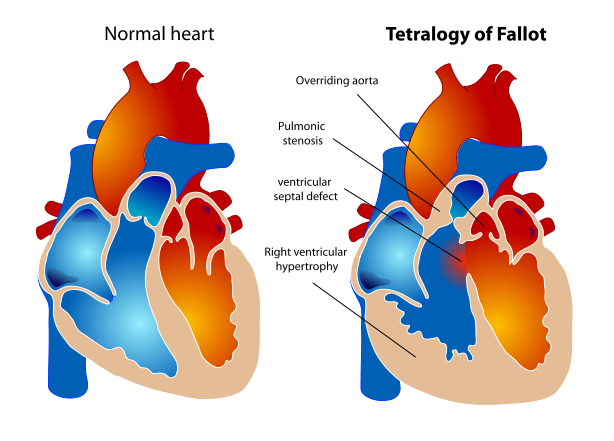 Source: wikidoc.org
Source: wikidoc.org
Examine the patient’s temperature, iv site. In its classic form, tof consists of four anatomical aberrations: Examine the patient’s temperature, iv site. In regards to nursing care for the patient with tetralogy of fallot, all nursing interventions, no matter how minor will. The three interventions a rn is expected to know in order to treat a patient experiencing a tetrology of fallot are:
 Source: striveforgoodhealth.com
Source: striveforgoodhealth.com
Some cyanotic heart defects include heart valve defects, tetralogy of fallot, and defects of the pulmonary vein. There are many signs and symptoms that occur when a pediatric patient is suspected to have tetralogy of fallot and the nurse should look for the following: Tetralogy of fallot digeorge syndrome by christine josos emcy judas year 3 nursing students faculty of medicine and health sciences 14112013 session 20132014 1 paediatric isolation ward 3a sgh baby boy infant f age 3 months weight. Some cyanotic heart defects include heart valve defects, tetralogy of fallot, and defects of the pulmonary vein. Tetralogy of fallot tetra 4 means that there are four separate defects within this one.
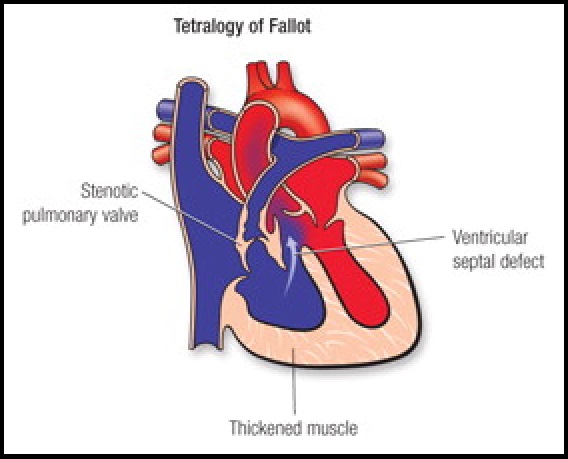 Source: natural-health-news.com
Source: natural-health-news.com
11 rows tetralogy of fallot nursing interventions: A large vsd, pulmonic stenosis, dextroposition of the aorta, and right. Usually, tetralogy of fallot is diagnosed soon after birth. Tetralogy of fallot, or tof, is the most common congenital heart defect.similarly to pulmonary stenosis, the cause of tof is unknown, but genetic factors likely play a role in its development.tof consists of four different defects. This does not include nursing interventions and rationales.
 Source: medindia.net
Source: medindia.net
Tetralogy of fallot tetra 4 means that there are four separate defects within this one. Usually, tetralogy of fallot is diagnosed soon after birth. A doctor might hear an abnormal whooshing sound (heart murmur) when listening to the baby�s heart with a stethoscope. Pulse will not be palpable in that arm because of use of subclavian artery for the shunt monitor for ventricular arrhythmias after corrective repair complete a falls risk assessment preoperatively and. Acute cyanosis at birth or mild cyanosis that progresses over the first year of life as the ps worsens characteristic systolic murmur (moderate in intensity) may be acute episodes of cyanosis and hypoxia (blue.
 Source: creativemeddoses.com
Source: creativemeddoses.com
This does not include nursing interventions and rationales. Subjective and objective data and then we’ll also look at our nursing interventions and rationales for them. A large vsd, pulmonic stenosis, dextroposition of the aorta, and right. This article has discussed tof, its occurrence, physiology, medical interventions and nursing implications. Tetralogy of fallot, or tof, is the most common congenital heart defect.similarly to pulmonary stenosis, the cause of tof is unknown, but genetic factors likely play a role in its development.tof consists of four different defects.
 Source: grepmed.com
Source: grepmed.com
Nursing interventions and patient teaching: Tetralogy of fallot is one of the most common congenital heart diseases. Some cyanotic heart defects include heart valve defects, tetralogy of fallot, and defects of the pulmonary vein. Vital signs are normal with age. Examine the patient’s temperature, iv site.
 Source: ssmhealth.com
Usually, tetralogy of fallot is diagnosed soon after birth. This does not include nursing interventions and rationales. This is a topic you will see on your pediatric nursing lecture exams and possibly the nclex exam. There are many signs and symptoms that occur when a pediatric patient is suspected to have tetralogy of fallot and the nurse should look for the following: Tetralogy of fallot is associated with _____ pulmonary blood flow.
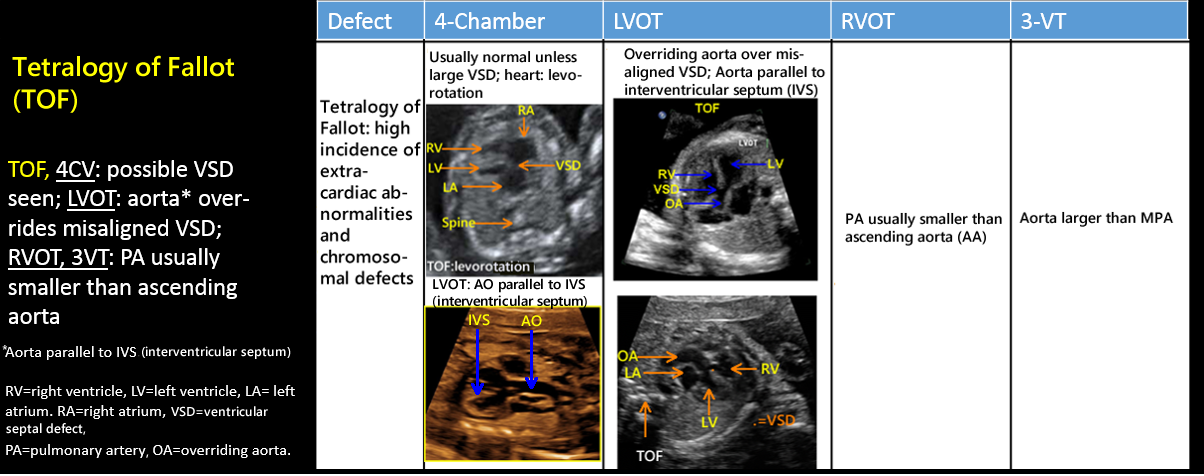 Source: obimages.net
Source: obimages.net
Common cyanotic defects include tetralogy of fallot and transposition of the great vessels. This article has discussed tof, its occurrence, physiology, medical interventions and nursing implications. Tetralogy of fallot is one of the most common congenital heart diseases. There are many signs and symptoms that occur when a pediatric patient is suspected to have tetralogy of fallot and the nurse should look for the following: Murmur, cyanosis, hypoxemia, dyspnea, sleepiness, decreased oxygen saturation, agitation, adventitious lung sounds and postures such as bending at knees or fetal position.
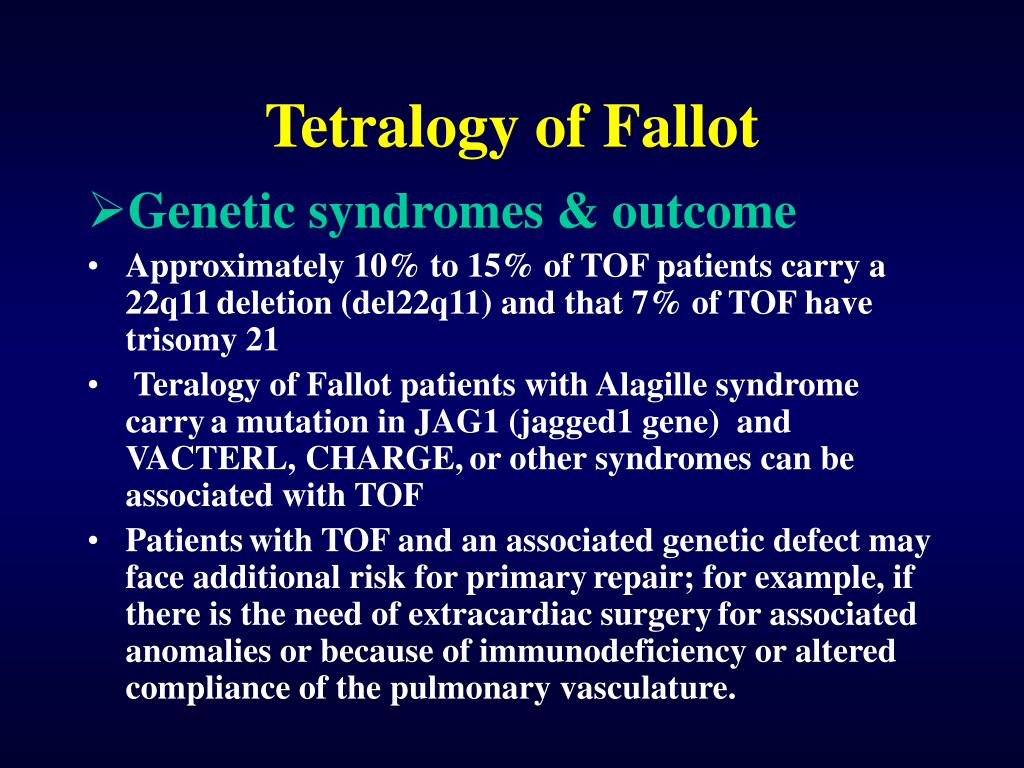 Source: slideserve.com
Source: slideserve.com
Tetralogy of fallot nclex review for nursing students! Tetralogy of fallot digeorge syndrome by christine josos emcy judas year 3 nursing students faculty of medicine and health sciences 14112013 session 20132014 1 paediatric isolation ward 3a sgh baby boy infant f age 3 months weight. This does not include nursing interventions and rationales. Tetralogy of fallot, or tof, is the most common congenital heart defect.similarly to pulmonary stenosis, the cause of tof is unknown, but genetic factors likely play a role in its development.tof consists of four different defects. Tetralogy of fallot involves four defects that include pulmonic stenosis,.
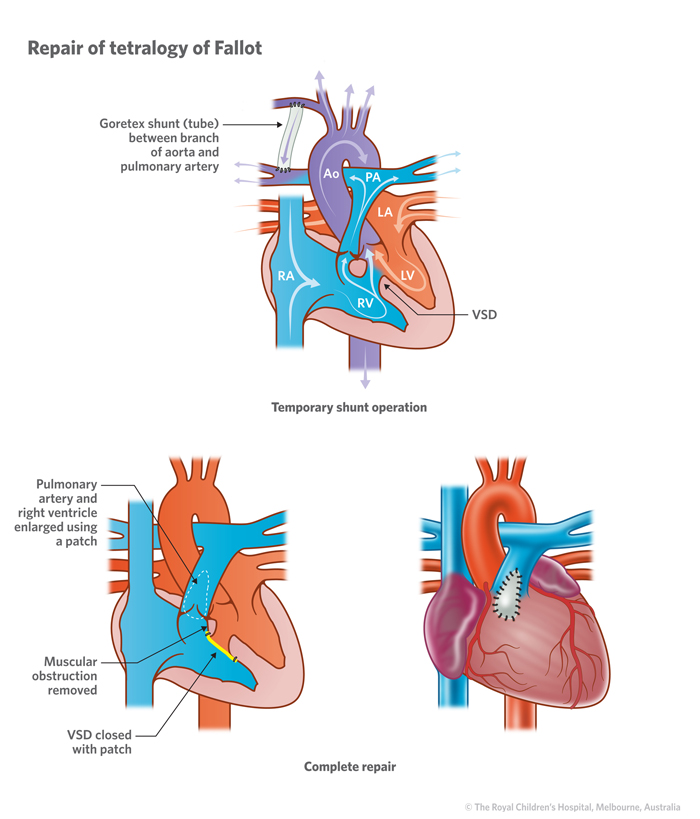 Source: rch.org.au
Source: rch.org.au
A doctor might hear an abnormal whooshing sound (heart murmur) when listening to the baby�s heart with a stethoscope. Tetralogy of fallot is associated with _____ pulmonary blood flow. Common cyanotic defects include tetralogy of fallot and transposition of the great vessels. Tetralogy of fallot is one of the most common congenital heart diseases. [role of the circulating nurse in interventions for tetralogy of fallot] [role of the circulating nurse in interventions for tetralogy of fallot] soins chir.
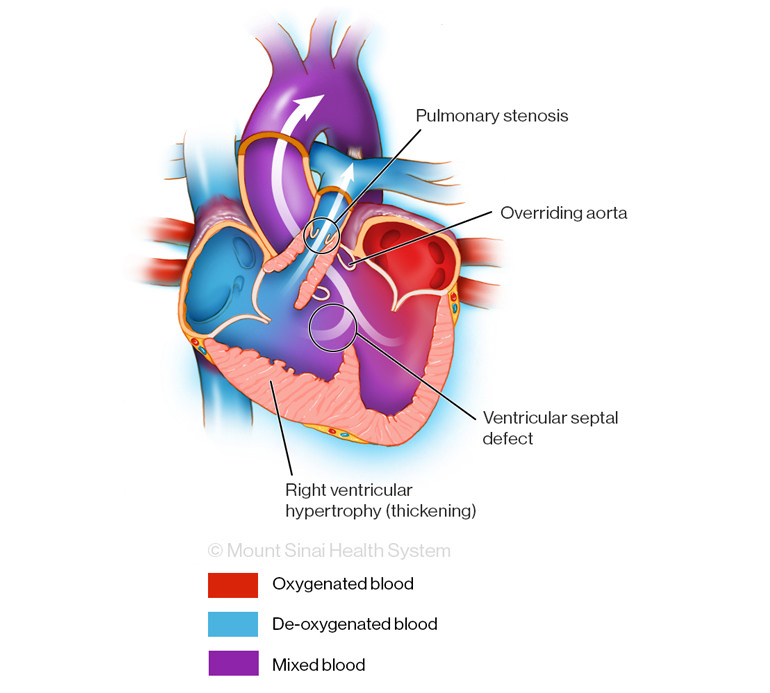 Source: mountsinai.org
Source: mountsinai.org
A large vsd, pulmonic stenosis, dextroposition of the aorta, and right. Acute cyanosis at birth or mild cyanosis that progresses over the first year of life as the ps worsens characteristic systolic murmur (moderate in intensity) may be acute episodes of cyanosis and hypoxia (blue. Nursing interventions and patient teaching: Tetralogy of fallot nursing nclex review lecture on congenital heart disease defects in pedicatrics/children.tetralogy of fallot is a congenital heart defect. This article has discussed tof, its occurrence, physiology, medical interventions and nursing implications.
 Source: slideserve.com
Source: slideserve.com
Oxygen level measurement (pulse oximetry). Tetralogy of fallot comprises of four malformations which include pulmonary stenosis, ventricular septal defect. [role of the circulating nurse in interventions for tetralogy of fallot] [role of the circulating nurse in interventions for tetralogy of fallot] soins chir. Examine the patient’s temperature, iv site. [article in french] authors v yakar, b dauvergne.
 Source: heart.bmj.com
Source: heart.bmj.com
Tetralogy of fallot, or tof, is the most common congenital heart defect.similarly to pulmonary stenosis, the cause of tof is unknown, but genetic factors likely play a role in its development.tof consists of four different defects. After reviewing these notes don’t forget to take the quiz that contains tetralogy of fallot. Okay, so a congenital heart defect is a structural problem that’s present in the heart when the child is born, so. Some cyanotic heart defects include heart valve defects, tetralogy of fallot, and defects of the pulmonary vein. Tetralogy of fallot is one of the most common congenital heart diseases.
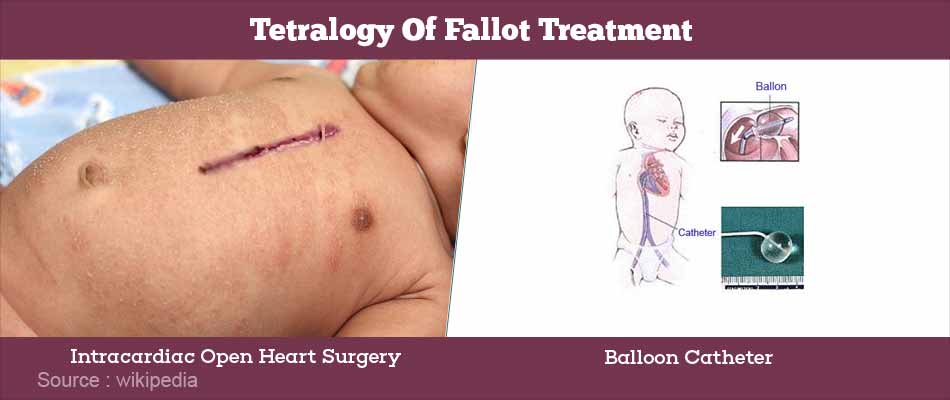 Source: medindia.net
Source: medindia.net
Tetralogy of fallot (tof or tet) is a combination of four congenital heart defects, including: [article in french] authors v yakar, b dauvergne. Tetralogy of fallot comprises of four malformations which include pulmonary stenosis, ventricular septal defect. There is no dyspnea, rapid breathing and deep, cyanosis, anxiety / lethargy, tachycardia, murmurs. Tetralogy of fallot nursing nclex review lecture on congenital heart disease defects in pedicatrics/children.tetralogy of fallot is a congenital heart defect.
 Source: consultqd.clevelandclinic.org
Source: consultqd.clevelandclinic.org
In regards to nursing care for the patient with tetralogy of fallot, all nursing interventions, no matter how minor will. Tetralogy of fallot (tof) is a cyanotic congenital heart disease characterized by four key defects: In regards to nursing care for the patient with tetralogy of fallot, all nursing interventions, no matter how minor will. There are many signs and symptoms that occur when a pediatric patient is suspected to have tetralogy of fallot and the nurse should look for the following: Decreased cardiac output r / t ineffective circulation, secondary to the presence of cardiac malformations goal:
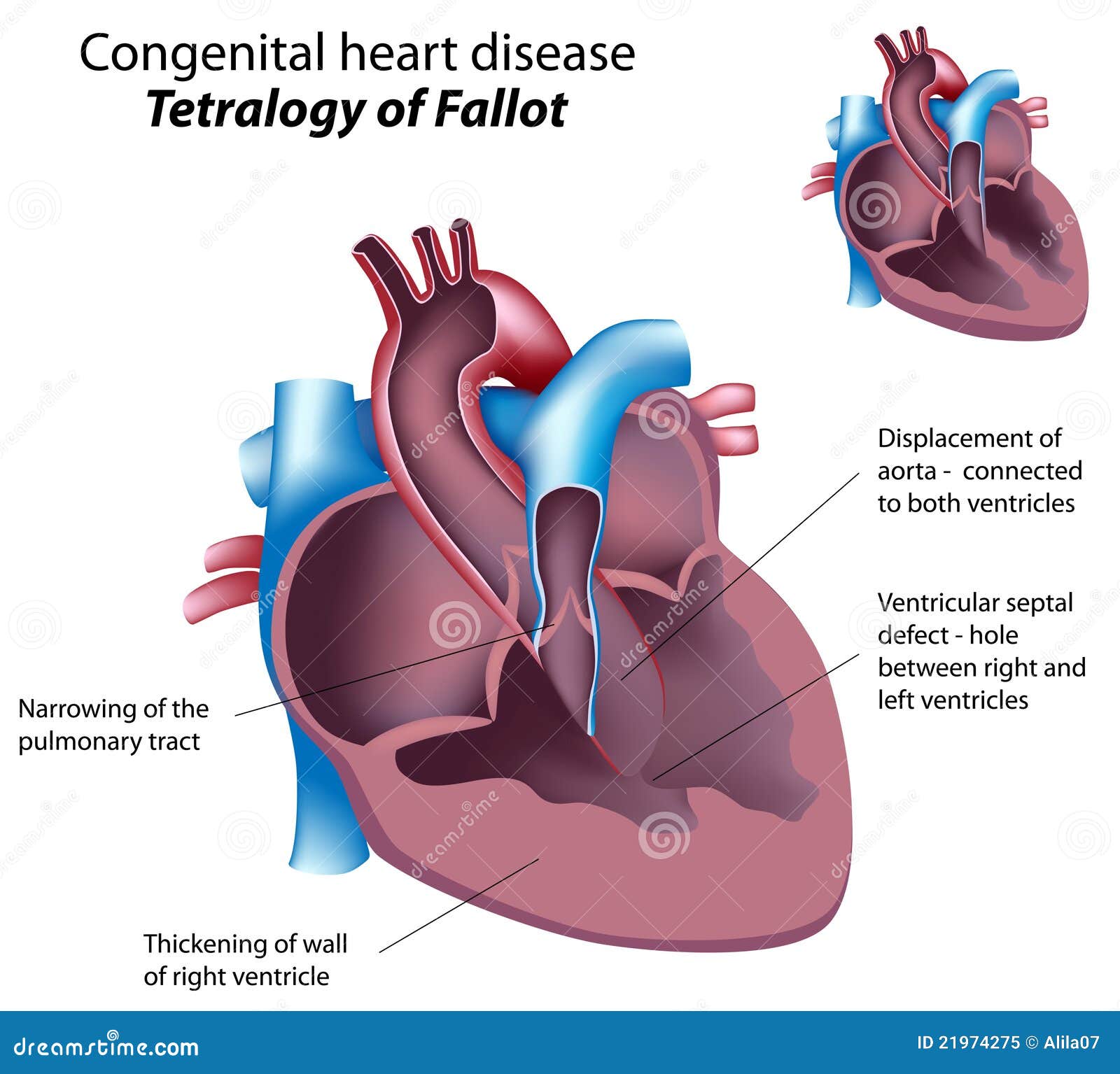 Source: dreamstime.com
Source: dreamstime.com
Murmur, cyanosis, hypoxemia, dyspnea, sleepiness, decreased oxygen saturation, agitation, adventitious lung sounds and postures such as bending at knees or fetal position. Murmur, cyanosis, hypoxemia, dyspnea, sleepiness, decreased oxygen saturation, agitation, adventitious lung sounds and postures such as bending at knees or fetal position. Oxygen level measurement (pulse oximetry). Tetralogy of fallot, or tof, is the most common congenital heart defect.similarly to pulmonary stenosis, the cause of tof is unknown, but genetic factors likely play a role in its development.tof consists of four different defects. This article has discussed tof, its occurrence, physiology, medical interventions and nursing implications.
If you find this site beneficial, please support us by sharing this posts to your own social media accounts like Facebook, Instagram and so on or you can also bookmark this blog page with the title tetralogy of fallot nursing interventions by using Ctrl + D for devices a laptop with a Windows operating system or Command + D for laptops with an Apple operating system. If you use a smartphone, you can also use the drawer menu of the browser you are using. Whether it’s a Windows, Mac, iOS or Android operating system, you will still be able to bookmark this website.






